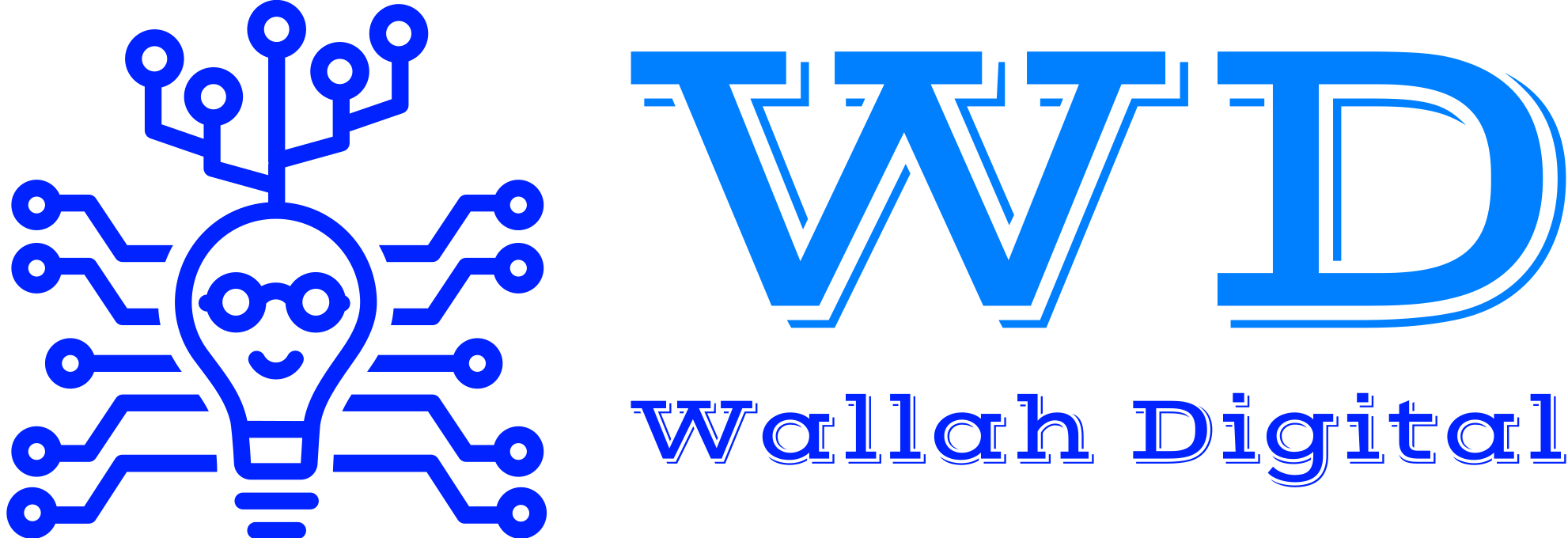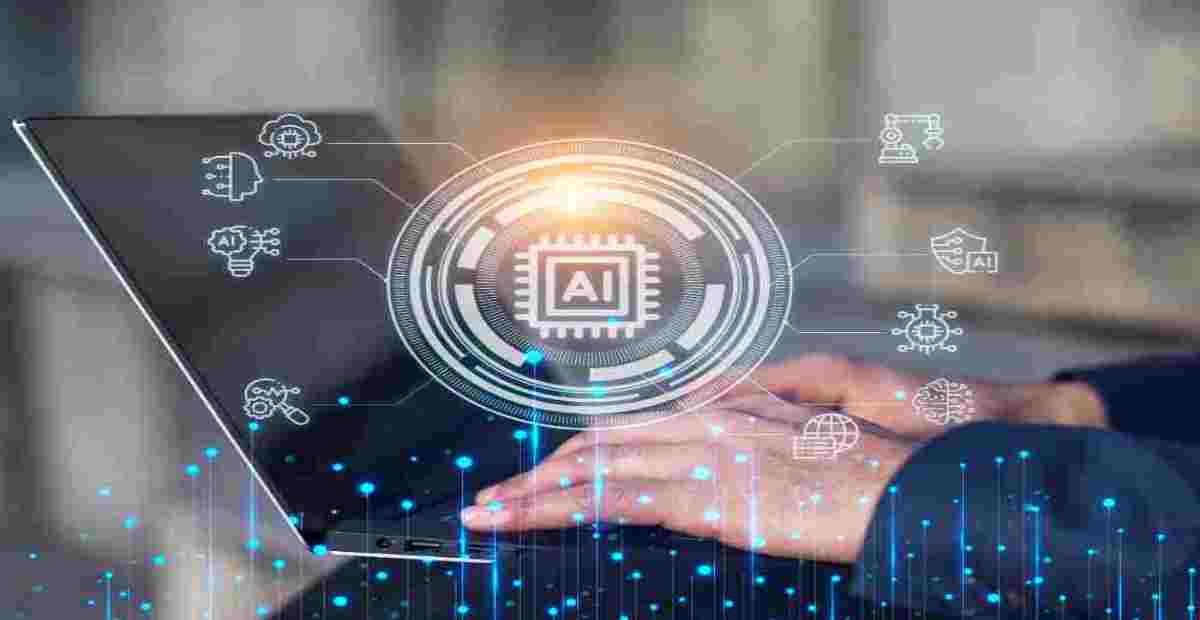Artificial Intelligence (AI) has emerged as a transformative force, reshaping industries and societies across the globe. As we stand at the intersection of technological innovation and human ingenuity, it is essential to chart a comprehensive roadmap for the continued development of AI. This roadmap not only serves as a guide for researchers and developers but also ensures responsible and ethical AI deployment. Let’s delve into the key milestones and considerations that constitute the roadmap for AI development
- Foundations: Understanding the Basics
Before embarking on the journey of AI development, it is crucial to establish a strong foundation. This involves gaining a deep understanding of the core concepts, algorithms, and mathematical principles that underpin AI technologies. Developers should familiarize themselves with machine learning, neural networks, and statistical models, laying the groundwork for more advanced applications. - Data is Key: Quality and Diversity
AI algorithms thrive on data, and the quality and diversity of data significantly impact their performance. The next step in the roadmap involves collecting, cleaning, and curating diverse datasets to train AI models effectively. Ethical considerations, such as avoiding biased datasets, are paramount to ensure fair and unbiased AI applications. - Advanced Algorithms: Pushing the Boundaries
As AI evolves, researchers are constantly pushing the boundaries of algorithms. The roadmap includes exploring and developing advanced algorithms, such as deep learning, reinforcement learning, and unsupervised learning. These sophisticated techniques enable AI systems to handle complex tasks, make decisions, and learn from experience. - Ethics and Responsible AI: A Moral Compass
Integrating ethics into AI development is a critical aspect of the roadmap. Developers must prioritize building AI systems that are transparent, accountable, and respectful of privacy. Addressing biases and ensuring fairness in AI models are imperative steps towards responsible AI deployment. Collaboration with ethicists, policymakers, and the broader community is essential to establish ethical guidelines. - Interdisciplinary Collaboration: Bridging the Gaps
AI development is not confined to computer science alone. The roadmap emphasizes interdisciplinary collaboration, bringing together experts from diverse fields such as psychology, sociology, and ethics. This collaborative approach fosters a holistic understanding of AI’s impact on society, human behaviour, and ethical considerations. - Robustness and Security: Fortifying AI Systems
Building robust and secure AI systems is a crucial checkpoint on the roadmap. Developers need to implement measures to protect AI models from adversarial attacks, ensure data privacy, and maintain the integrity of AI applications. This involves continuous testing, validation, and updating of security protocols. - Human-AI Collaboration: Augmenting Capabilities
The roadmap envisions a future where AI collaborates seamlessly with humans, augmenting our capabilities. Integrating AI into various industries and workflows requires a thoughtful approach, considering the societal impact and ensuring that AI complements human skills rather than replacing them. - Continuous Learning: Adapting to Change
AI is a rapidly evolving field, and the roadmap emphasizes the importance of continuous learning. Developers must stay updated on the latest advancements, attend conferences, participate in research communities, and engage in lifelong learning to adapt to the dynamic landscape of AI.
Let’s break down each stage and step in the AI development process:
- Problem Identification:
- Define Objectives: Clearly articulate the goals and objectives of the AI project.
- Assess Feasibility: Evaluate the feasibility of solving the identified problem using AI.
- Determine Constraints: Identify and understand any limitations or constraints, such as budget and timeline.
- Research and Planning:
- Literature Review: Conduct a comprehensive review of existing research and technologies related to the problem.
- Technology Stack Selection: Choose the appropriate tools, frameworks, and programming languages for development.
- Resource Allocation: Allocate human, technological, and financial resources effectively.
- Data Preparation:
- Data Collection: Gather relevant data from various sources.
- Data Cleaning: Cleanse and preprocess the data to remove inconsistencies and errors.
- Data Augmentation: Enhance the dataset size and diversity.
- Data Labeling: Annotate data to train supervised learning models.
- Algorithm Selection:
- Choose AI Model Type: Select the type of AI model that best suits the problem (e.g., machine learning, deep learning).
- Baseline Modeling: Develop initial models as a baseline for performance comparison.
- Pre-trained Models Assessment: Evaluate the performance of pre-existing models for potential use.
- Prototyping:
- Model Development: Develop the AI model based on the selected algorithm.
- Initial Training with Test Data: Train the model using a subset of the data to identify initial performance.
- Evaluate Performance: Assess the model’s performance against predefined metrics.
- Hyperparameter Tuning: Fine-tune model parameters for optimal results.
- Evaluation and Refinement:
- Cross-Validation: Validate the model across different subsets of the dataset.
- Performance Metrics Analysis: Evaluate the model’s performance using appropriate metrics.
- Overfitting Check and Model Diagnosis: Ensure the model generalizes well and diagnose any overfitting issues.
- Model Refinement: Refine the model based on evaluation results.
- Product Integration:
- Integrate Model with Product Infrastructure: Embed the trained model into the target product.
- User Interface Adaptation: Adjust the user interface to accommodate AI features.
- Backend Integration: Ensure seamless integration with the backend systems.
- Testing Phase:
- Unit Testing: Test individual components or functions of the AI system.
- Integration Testing: Verify the integration of AI components within the larger system.
- System Testing: Evaluate the system’s performance as a whole.
- User Acceptance Testing (UAT): Validate the system’s usability with end-users.
- Deployment:
- Model Deployment: Release the AI model for live usage.
- Cloud or On-Premises Setup: Choose between cloud-based or on-premises deployment.
- Load Testing: Assess the system’s ability to handle varying levels of user activity.
- Monitoring and Maintenance:
- Performance Monitoring: Continuously monitor the AI system’s performance.
- Updating Models with New Data: Periodically update models with fresh data for continued relevance.
- Fine-tuning in Response to Feedback: Adjust the model based on user feedback and changing requirements.
- Feedback Loop:
- Collect User Feedback: Gather feedback from users interacting with the AI system.
- Analyze and Interpret Feedback: Analyze the feedback to identify areas for improvement.
- Plan for Subsequent Iterations: Develop a roadmap for future enhancements and iterations.
- Ethical Considerations:
- Assess AI Bias: Scrutinize the model for biases and take corrective measures.
- Ensure Privacy and Compliance: Adhere to privacy regulations and ethical standards.
- Transparent and Explainable AI: Strive for transparency in AI decision-making processes for user understanding.
Conclusion:
The roadmap for artificial intelligence development serves as a compass for navigating the intricate journey of creating intelligent systems. By focusing on foundational knowledge, ethical considerations, interdisciplinary collaboration, and ongoing learning, developers can contribute to the responsible and impactful evolution of AI. As we traverse this roadmap, it is essential to keep humanity at the forefront, ensuring that AI serves as a tool for positive transformation.

